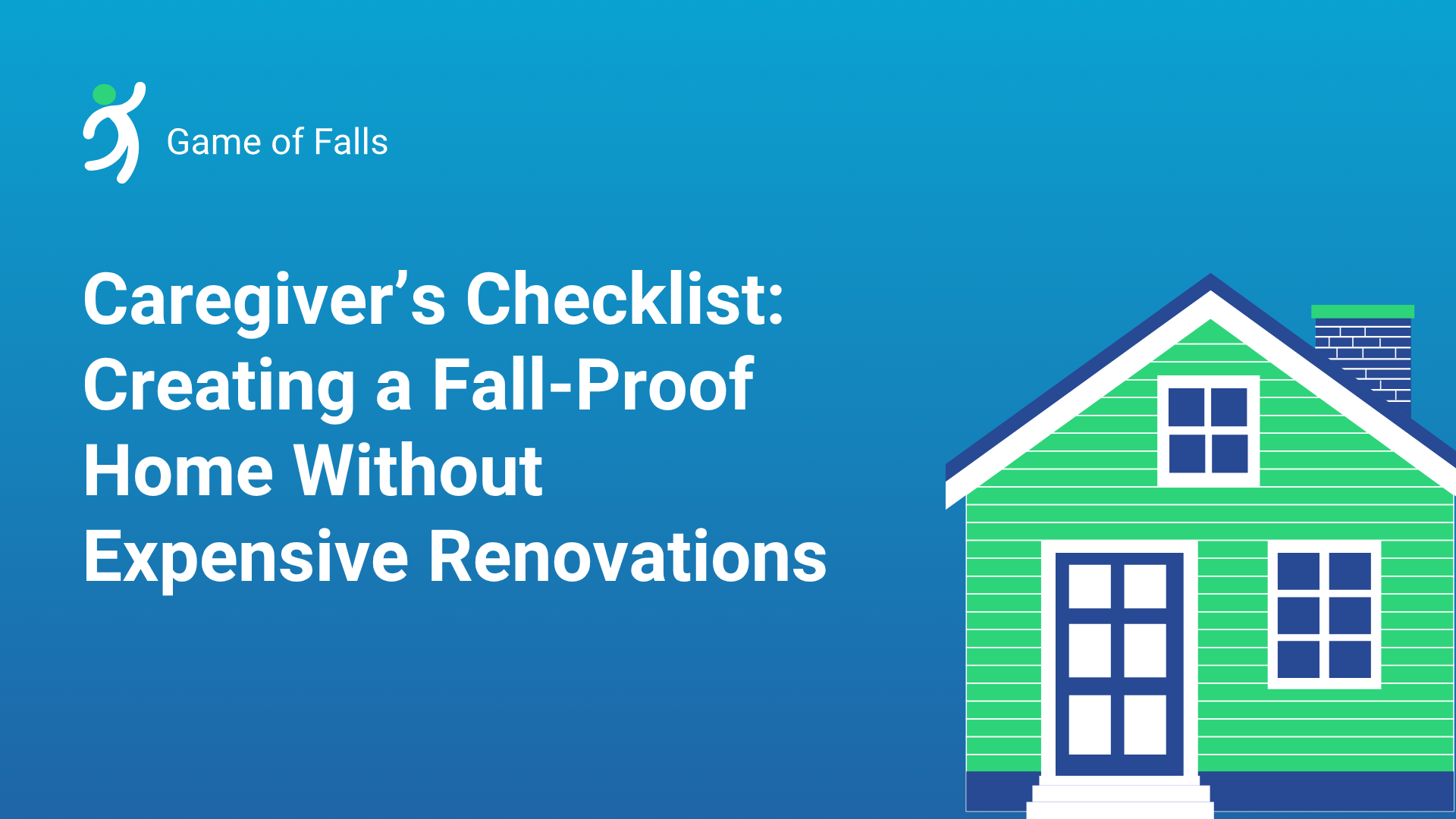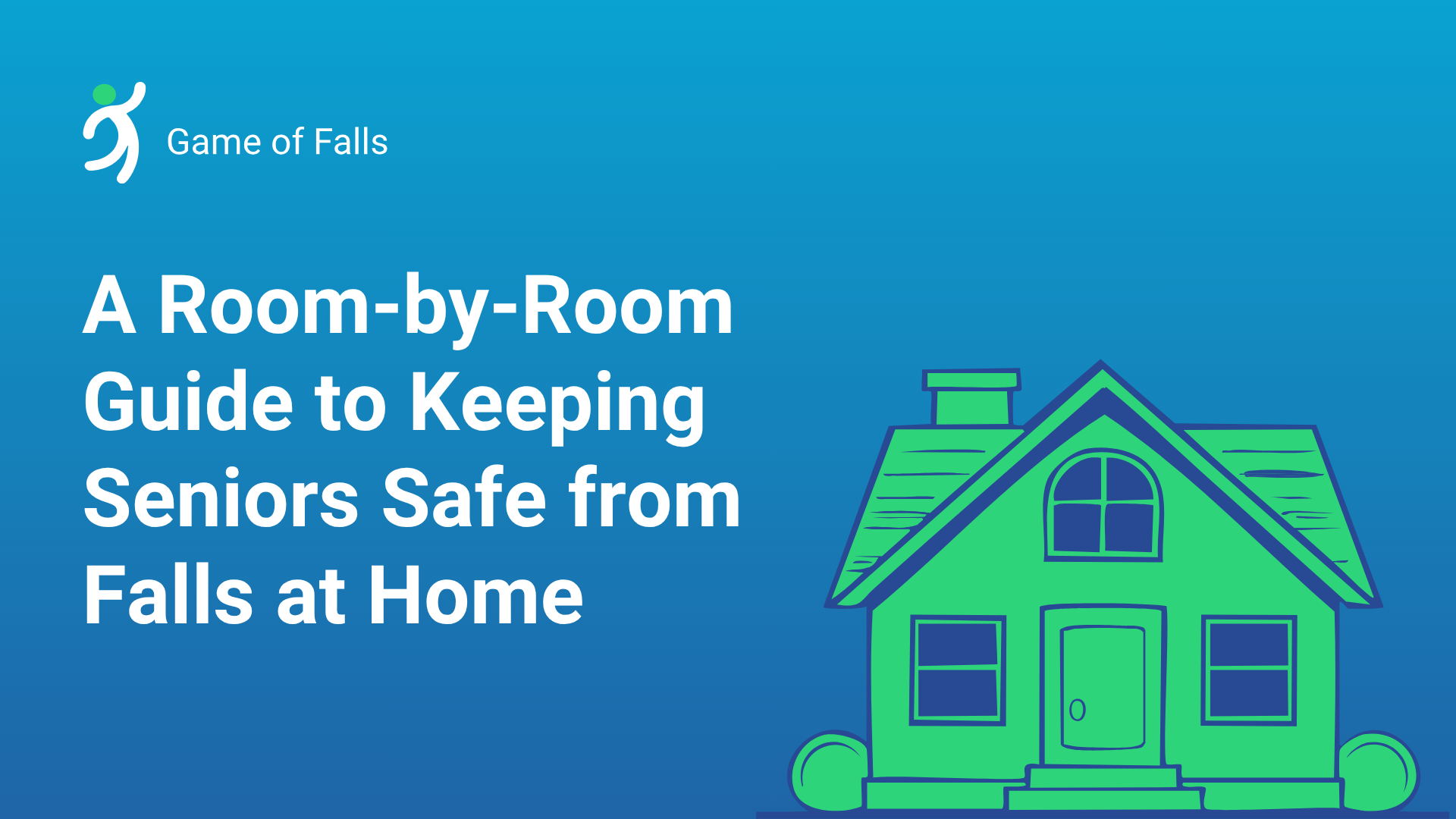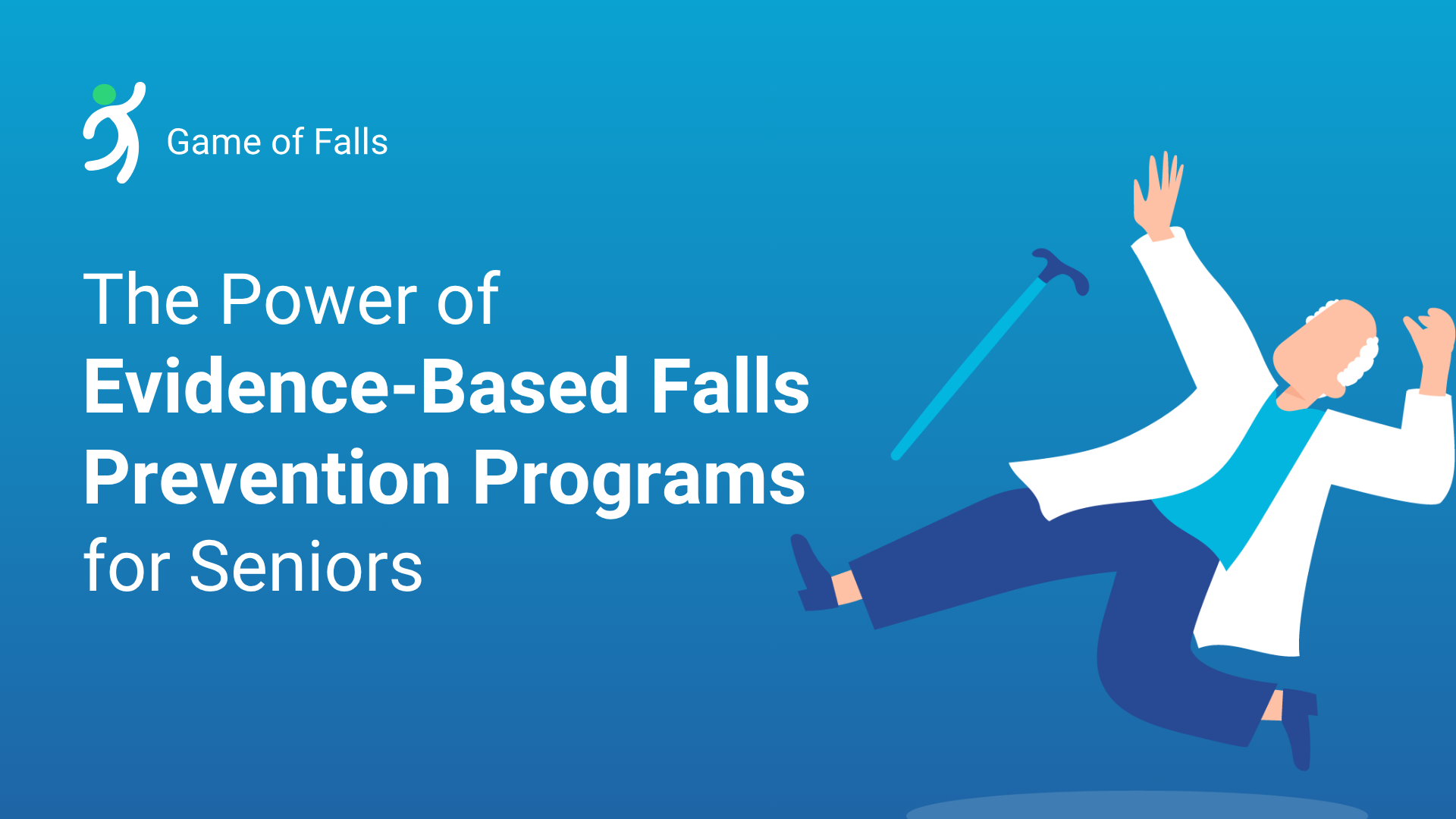
Picture this: staying in good health and feeling secure without ever stepping outside your door. Telehealth and remote monitoring technologies are making that dream a reality. These groundbreaking advancements are reshaping senior care by allowing older adults to receive quality healthcare from the comfort of their homes, offering peace of mind to their families and caregivers in the process.
These modern healthcare solutions enable seniors to have medical consultations, track their health continuously, and get quick interventions, all without the need for frequent trips to the doctor’s office. This not only enhances their safety but also boosts their independence and overall quality of life.
What Are Telehealth and Remote Monitoring?
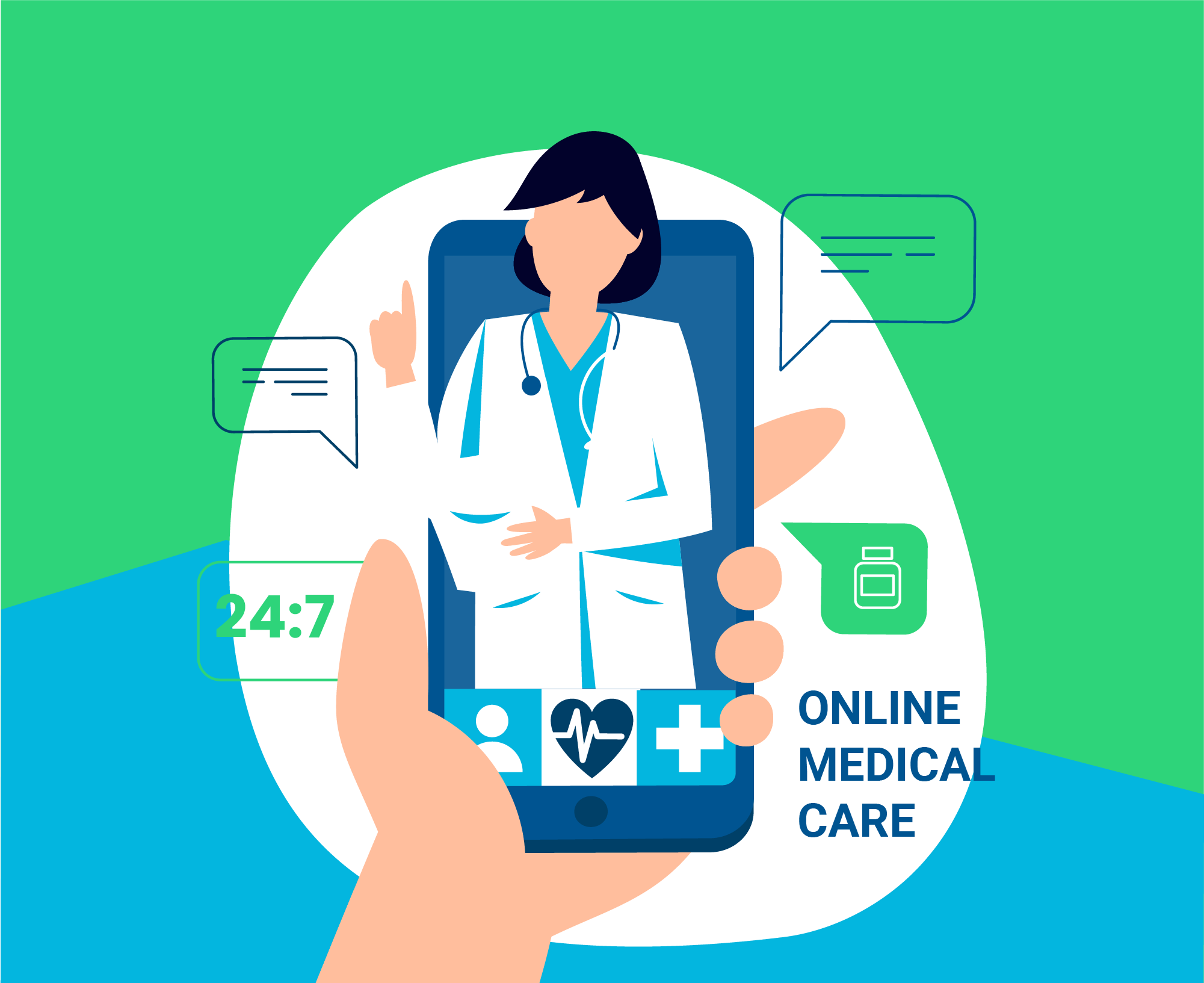
Telehealth
Telehealth is all about connecting seniors with healthcare professionals through video calls or online platforms, so they don’t have to leave their homes for medical appointments. It makes healthcare more accessible for those who may find travel difficult.
Remote patient monitoring (RPM)
Then you have remote patient monitoring (RPM), which is basically a part of telehealth. RPM uses gadgets and sensors to keep an eye on health indicators and detect risks in real-time. You might be looking at devices like blood pressure cuffs, pulse oximeters, glucose monitors, and motion sensors that can send health info straight to doctors. This way, potential issues can be spotted early, enabling healthcare providers to act swiftly.
On top of all this, interactive tools and apps are stepping up to help seniors understand fall risks and promote preventative actions. For instance, apps like Game of Falls are fun and engaging, leading older adults to recognize hazards in their homes and learn how to dodge them, which is a more enjoyable approach to fall prevention.
Combined, these tools make it easier for seniors to manage their health actively, preventing problems from escalating into emergencies and lowering fall risks.
Why Remote Health Care Benefits Seniors
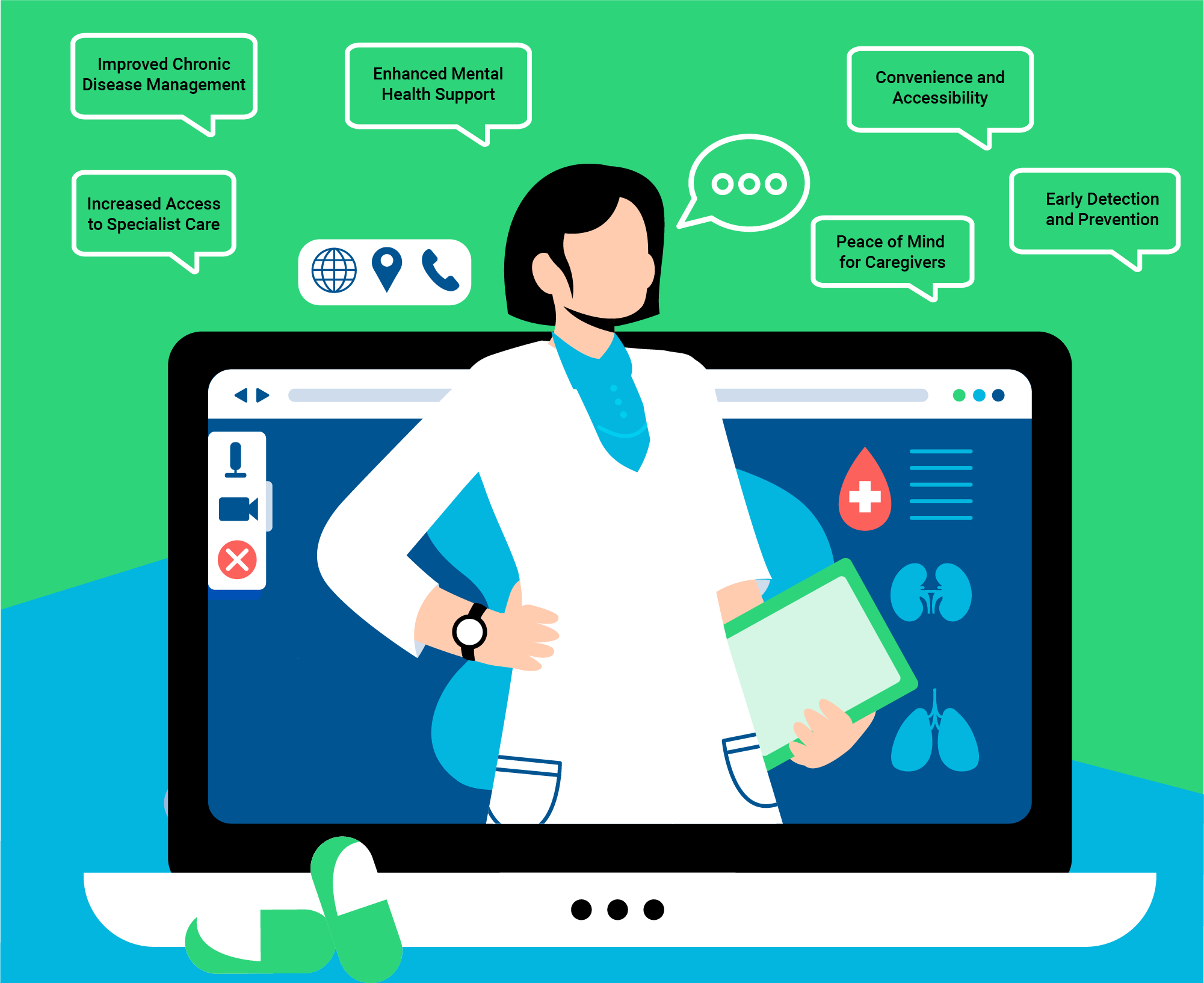
Convenience and Accessibility
- For lots of older adults, heading to the doctor’s office can feel more like a hassle.
- Traveling can be tough on the body, costly, or just plain inconvenient, especially for those with limited mobility.
- Telehealth opens those doors, allowing access through computers, tablets, or smartphones without any travel headaches.
- It brings healthcare right to their fingertips, helping seniors better manage their health.
Early Detection and Prevention
- Remote monitoring takes it a step further by consistently tracking vital signs and daily activities.
- Devices like motion sensors and fall detectors send real-time updates to caregivers or healthcare providers.
- This ongoing monitoring helps spot early signs of trouble, such as shifts in movement, heart issues, or increased inactivity that might indicate a fall or health problem.
- Some systems can even detect falls with a 95% accuracy rate, sending alerts to caregivers or emergency responders to prevent significant injuries.
Improved Chronic Disease Management
- Many senior citizens deal with chronic illnesses like diabetes, heart disease, or high blood pressure that need regular check-ins.
- Remote monitoring allows healthcare providers to monitor health metrics consistently and tweak treatment plans on the fly, paving the way for better disease control and fewer complications.
- Telehealth also plays a role in medication management, ensuring seniors can keep up with their schedules and avoid dangerous mix-ups.
Enhanced Mental Health Support
- Telehealth delivers easy access to mental health professionals, which is especially crucial for seniors battling feelings of isolation or depression.
- Virtual counseling sessions create a secure, cozy environment for older adults to get emotional support without stepping outside.
Increased Access to Specialist Care
- For folks living in rural or underserved areas, telehealth opens the door to specialists who might not be otherwise available.
- This expanded access can lead to earlier diagnoses and better handling of complicated health issues.
Peace of Mind for Caregivers
- For family members and caregivers, telehealth and remote monitoring mean they can rest easy knowing their loved ones’ health is being attentively monitored, even if they aren’t physically there.
- Alerts for falls, reminders for medication, and ongoing health updates enable swift responses to health changes.
Examples of Remote Monitoring Devices
- Motion and Fall Sensors: These devices can spot movements and potential falls, cutting down the risk of fall-related injuries by around 40%. They alert caregivers immediately when a fall happens.
- Vital Signs Monitors: Devices such as blood pressure monitors, glucose meters, and weight scales send crucial health data to providers for constant assessment.
- Mobile Apps: Apps like Game of Falls make learning about household hazards engaging, educating seniors on safer practices, and building their confidence.
- Video Call Platforms: These platforms come with big buttons and voice commands designed so seniors can use them without a hitch.
- Medication Reminders: Systems that send notifications help seniors manage their medication schedules effectively.
Common Concerns About Telehealth—and Why They’re Easier Than You Think
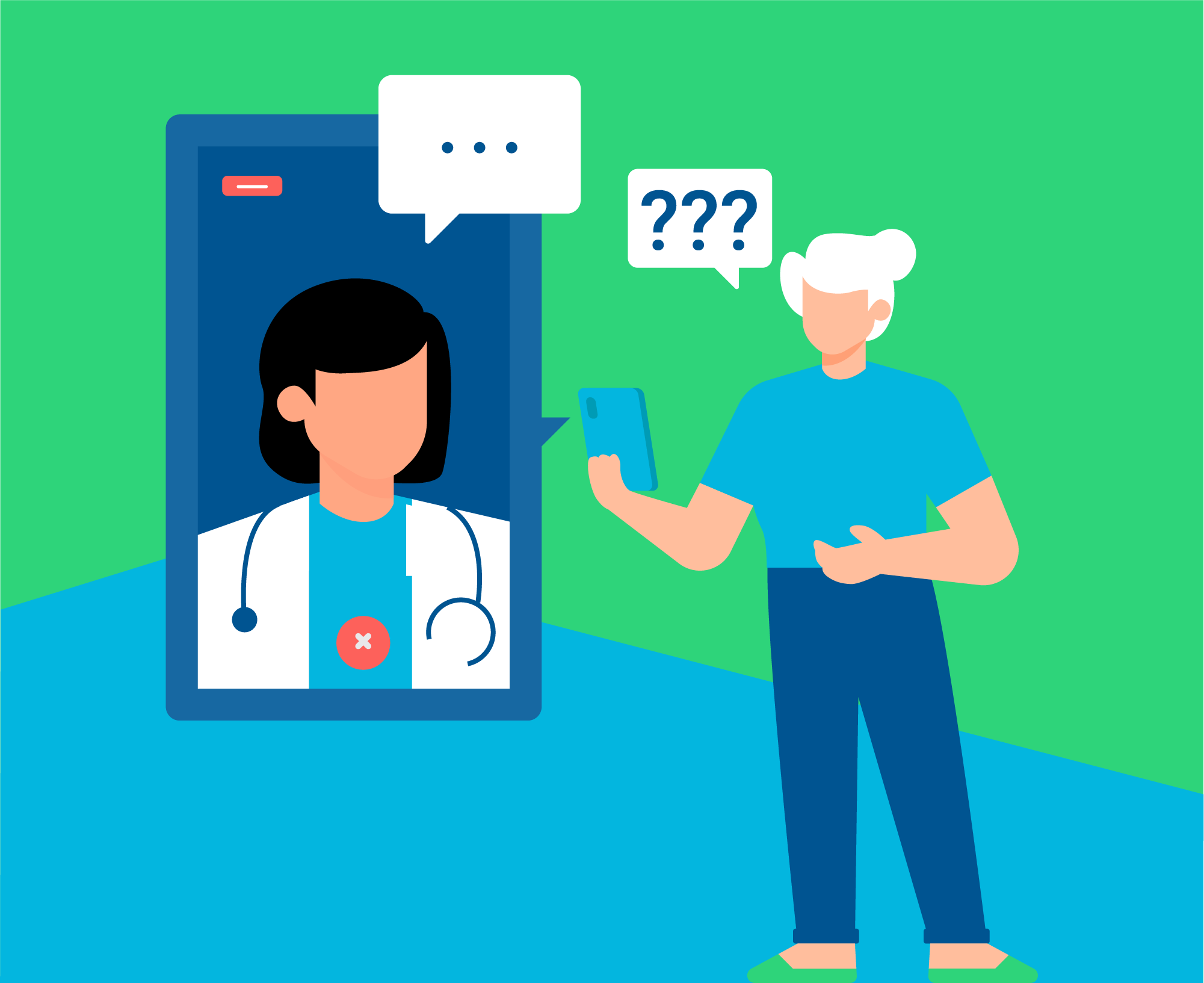
It’s completely normal to feel a bit skeptical about telehealth; some common worries include:
- “I’m not tech-savvy.” Many platforms are designed with older adults in mind, featuring user-friendly interfaces and clear instructions. Plus, family members or caregivers can lend a helping hand.
- “It won’t feel like real care.” Research shows that telehealth can be just as effective for numerous visit types, including fall risk assessments and physical therapy guidance.
- “What about privacy?” Secure platforms keep your data safe, just like in-person visits, following strict regulations to protect your information.
- “I need hands-on help.” Telehealth complements in-person care rather than replacing it; it simply adds another layer of supervision and convenience when necessary.
All things considered, telehealth and remote monitoring offer a flexible and supportive way to enhance traditional care.
Wrapping Up: Taking Charge of Your Health with Technology
Telehealth and remote monitoring are reshaping senior care, making it safer, more accessible, and genuinely personal. When paired with interactive educational tools like Game of Falls, seniors and their caregivers can feel empowered to prevent accidents and live independently with confidence.
Technology is not just about convenience; it’s about enhancing quality of life. So, whether you’re a senior or someone caring for an older adult, embracing these new developments could be the key to avoiding serious falls and nurturing healthier, happier days ahead.
For many seniors living in the U.S., home isn’t just a place; it’s a feeling. Until a fall happens. Falls can be a huge deal for older adults, and they’re actually the top cause of injuries in this age group. The good news, though, is that most of these tumbles happen at home, and with […]
For older adults, having their own space is priceless. But with that independence comes a sneaky risk: falls. The bright side? Many of those falls can be avoided with just a few simple adjustments. Here’s a friendly room-by-room guide to help you make your home safer, while still feeling comfortable and free. Living Room: Make […]
So, picture this: every 11 seconds, an older adult finds themselves in an emergency room due to a fall. Yikes, right? Falls might be the top culprit for injuries among seniors, but here’s the silver lining—most of these accidents can be avoided. With the right falls prevention programs rooted in evidence and some smart home […]
If you’re caring for an aging parent or planning for your own future, you’ve probably wondered how technology can help make senior care better, safer, and more comfortable. The good news? We’re living through an incredible time of innovation that’s transforming how we approach aging and caregiving. Let’s explore the exciting developments that are making […]

